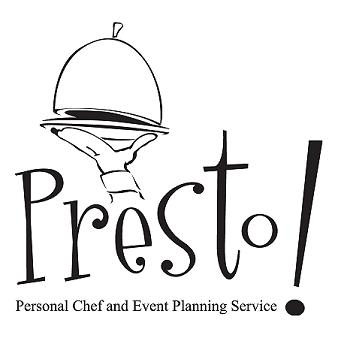 Dying eggs is a tradition that has been around for centuries. While you can go out and buy the packages made for dying your hard boiled eggs, you can also find many items already in your kitchen to dye your eggs. Before the invention of the convenient box of PAAS Egg Dye, people used vegetables, fruits, edible flowers, barks and roots to dye eggs. Going back to basics is enjoyable from time-to-time and here is how to do it:
Dying eggs is a tradition that has been around for centuries. While you can go out and buy the packages made for dying your hard boiled eggs, you can also find many items already in your kitchen to dye your eggs. Before the invention of the convenient box of PAAS Egg Dye, people used vegetables, fruits, edible flowers, barks and roots to dye eggs. Going back to basics is enjoyable from time-to-time and here is how to do it:During the dying process, you actually hard boil your eggs at the same time. So you will be dirtying a few more dishes this way, but inventing colors is a lot of the fun.
In the same manner that you normally hard boil eggs, you want to make sure your eggs are in a single layer of a saucepan. Then you cover the eggs with about a 1/2” of water. You may only want to add 3 or 4 eggs into each pan of water so you can create several different colors of eggs.
For blue eggs, add 1 teaspoon white vinegar and shredded red cabbage or 1 teaspoon white vinegar and 1 cup of fresh blueberries.

For green eggs, add 1 teaspoon white vinegar and 1 cup of fresh spinach leaves.
For yellow eggs, add 1 teaspoon white vinegar and 2 Tablespoons turmeric.
For brown eggs, add 1 teaspoon white vinegar and 2 -3 Tablespoons of ground coffee or add several teas bags. Or try adding the outer layers of an onion (no vinegar necessary).
 For red eggs, try adding fresh or frozen cranberries or cherries with 1 teaspoon of white vinegar. Or instead add some fresh beets.
For red eggs, try adding fresh or frozen cranberries or cherries with 1 teaspoon of white vinegar. Or instead add some fresh beets.Look around the kitchen and see what other items you can use. Once you have your pot ready, turn on the heat and boil for a minimum of 8 minutes. The longer you steep your eggs, the brighter the color. However, the eggs will not be edible if you boil them for much longer than 10 – 15 minutes.
Have fun, enjoy yourself and get your hands dirty!


